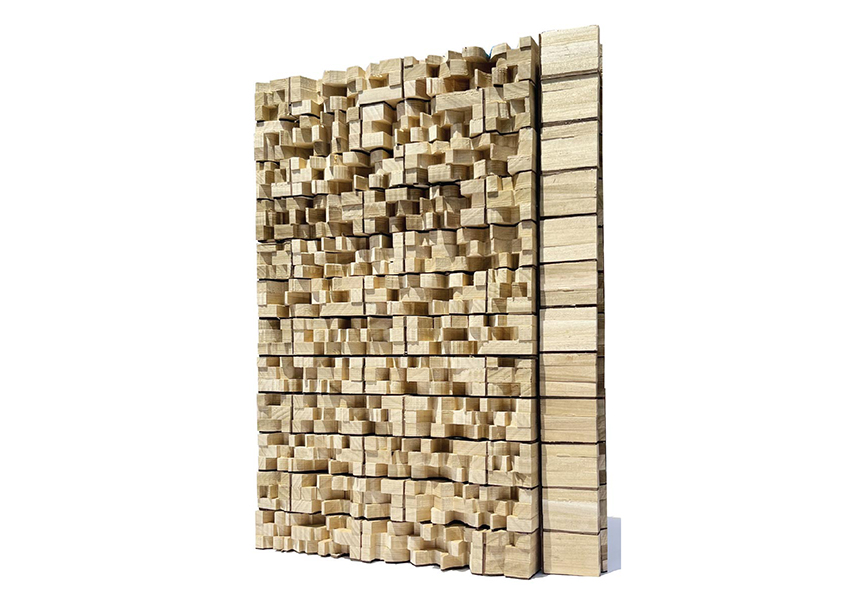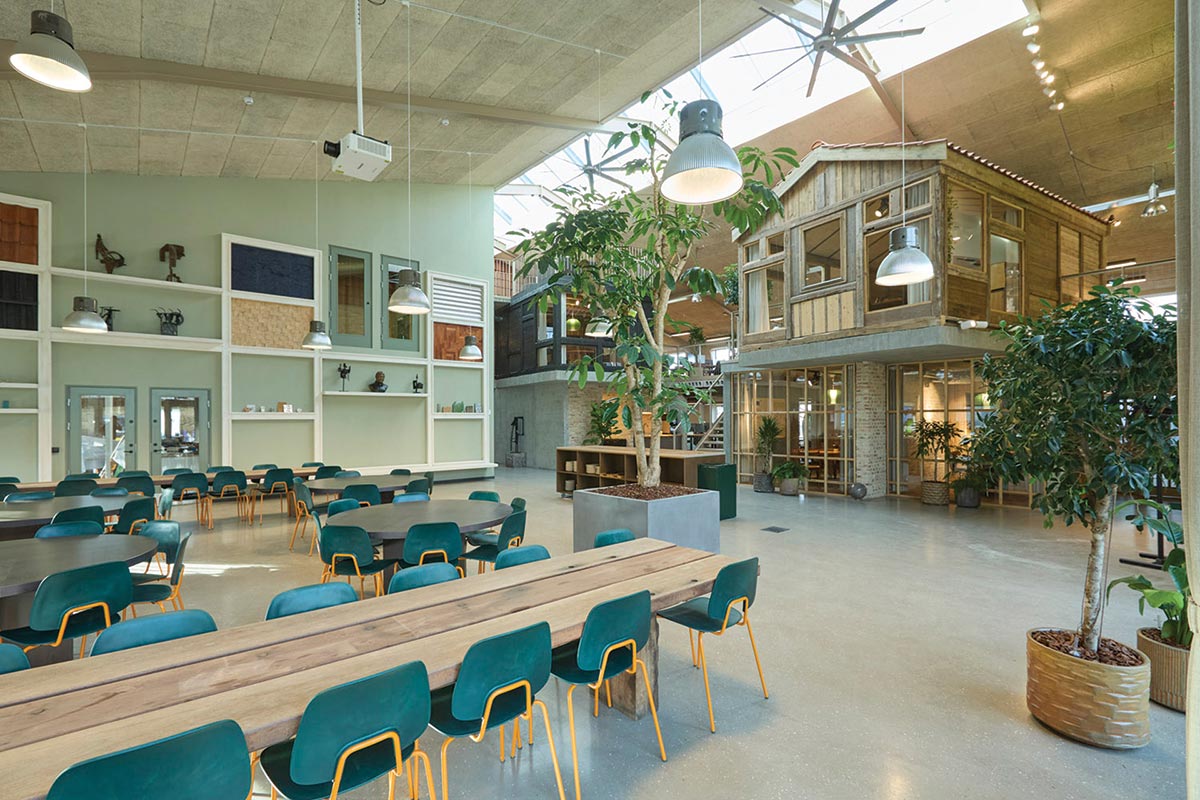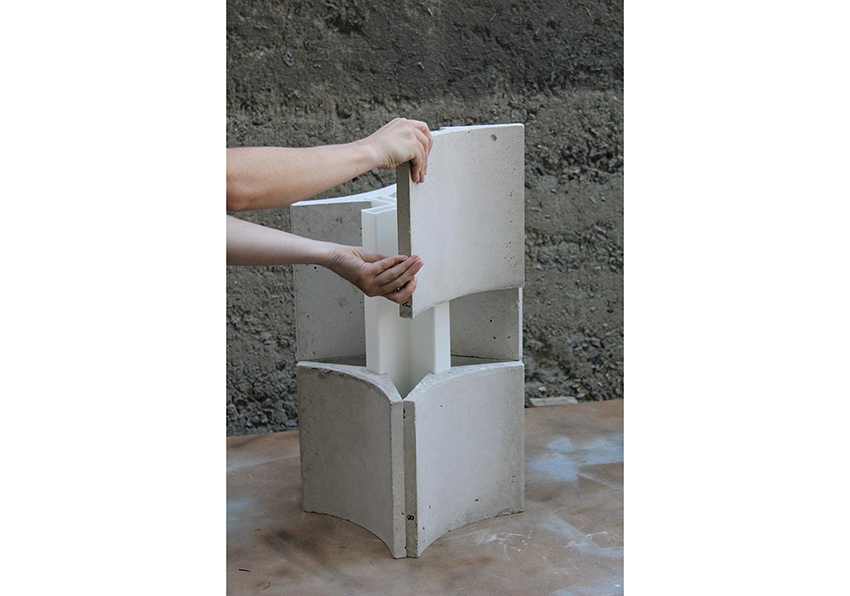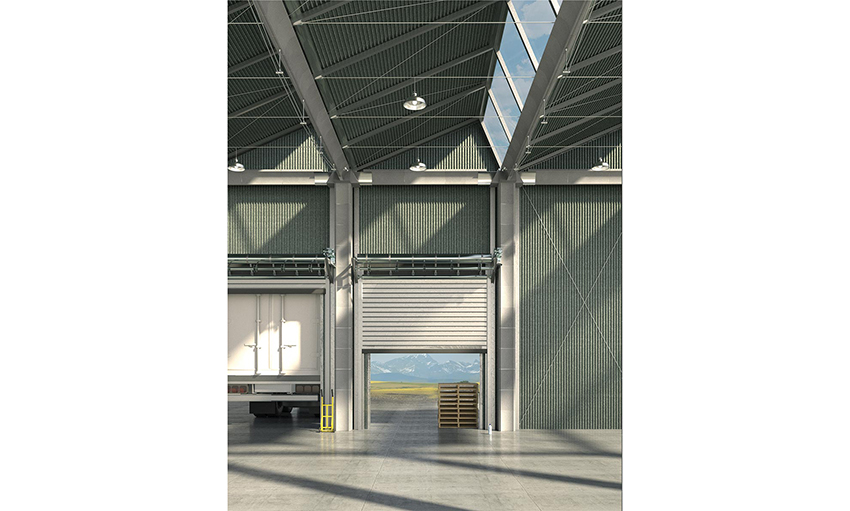Circular Construction
There are also opportunities to be had in harnessing dismantled-building components for new construction, should a more robust marketplace and the related infrastructure be developed. ETH Zurich’s Circular Engineering for Architecture (CEA) lab, founded in 2022 and led by Catherine De Wolf, is making advances in that area. According to De Wolf, as it stands, circular construction is mainly confined to large but niche projects, such as The Mark or the renovation of Centre Pompidou, where De Wolf led a team that salvaged the structure’s distinctive curved glass panels for use as office partitions. In many circumstances, it is limited by the ambitions of individual clients, and greater subscription by the construction sector requires the build-out of an entirely new marketplace, one that can match salvaged materials to the broad specifications of individual projects. De Wolf’s interdisciplinary team, ranging from experts in civil engineering to industrial ecology, is attempting to do just that, using AI-powered software. “Anyone involved in material reuse currently has to know and source from local retailers, find the appropriate storage facilities, and have knowledge of which platforms to look into, and then screen all of them to find suitable materials for their project,” notes De Wolf. “What we are trying to do is create a matchmaking service, not unlike dating apps, between people who have materials available for reuse and buyers, developers and skilled workers familiar with disassembly and reassembly, and other services within circular construction.”
In Cambridge, Massachusetts, MIT School of Architecture’s Spoon Climate Studio, led by professors Sheila Kennedy and Caitlin Mueller, is probing similar questions. “There has been such an emphasis on standardization and uniformity of materials in Modernism, and we have inherited those assumptions on their benefits,” notes Kennedy. “But we’re beginning to see the end of that particular regime, certainly in terms of supply-chain problems, and in terms of the cost of extracting new material resources and delivering them to new building sites.” The Studio’s Odds & Mods course probes that paradigm by sourcing waste streams from different factories across North America—mainly bricks—for students to develop into architectural prototypes that reflect the inventories and stockpiles available in specific locales. Notably, according to Kennedy and Mueller, the initiative has received enthusiastic buy-in from domestic brick manufacturers like Glen-Gery and Morin Brick and, farther afield, from some in Mexico’s Volcanic Belt. They otherwise are impelled to discard up to 15 percent of their production due to slight imperfections, such as being the wrong color.

IMAGE: © KVA MATX
IRREGULAR-BRICK CHARACTERIZATION, AGGREGATION, AND FIGURATION DIAGRAM

IMAGE: © KVA MATX
A mock-up built of wood for a castaway-brick pavilion.

Photo © Claus Peuckert
The Tscherninghuset incorporates a multitude of recycled materials.
It is, of course, preferable to stem the creation of those waste streams in the first place, and, to that end, Mueller is leading a team of researchers—Keith Lee, Pitipat Wongsittikan, Jenna Schnitzler, and Inge Donovan—in collaboration with manufacturer Holcim and the real-estate investment trust Prologis—to develop design and computation strategies to allow concrete building elements to be disassembled and rebuilt multiple times. The post-tensioned system called PixelFrame uses concave concrete modules of varied strength, sans rebar. They slide onto a central steel core without the need for grout or mortar, which often poses an obstacle to reusability. According to Mueller, the PixelFrame system allows for more than 50 percent up-front embodied-carbon savings as compared to traditional reinforced concrete, which compounds further with each additional reuse.

Photo © Inge Donovan and Jenna Schnitzler
The PixelFrame system is modular.
On a larger scale, the shift away from uniformity and toward diversity in design could look like the 3XN-GXN-designed Tscherninghuset in Hedehusene, Denmark. The approximately 180,000-square-foot interior project is, fittingly, the new headquarters for Tscherning, a demolition company. The design team sourced nearly 90 percent of the materials, including recycled concrete slabs and aggregate for load-bearing walls and decks, from the client’s many building sites. Within, a panoply of finishes, from charred wood to terra-cotta shingles and reclaimed brick, renders something of a village-like environment, albeit for corporate programming.

PHOTO: © INGE DONOVAN AND JENNA SCHNITZLER
The PixelFrame system is modular, and can be used for columns and beams.
While there is an abundance of construction materials available for reuse, the building industry, and society, is in a race against time to reduce carbon emissions. As outlined by the 2015 Paris Agreement, greenhouse gas emissions must be reduced by 45 percent by 2030, and net zero must be reached by 2050, to avoid global warming’s worst impacts. The tools and techniques are steadily developing to advance circular construction as a potent instrument to address the building industry’s complicity in the climate crisis. But, at the end of the day, the road to less-wasteful construction may be through legislation, providing regulations for procurement of reused materials and mandating building deconstruction rather than demolition. In order to have a circular economy, advises Arup’s Cousins, “you have to make the link between the beginning and the end.”
Supplemental Materials:
“Clean and Circular: Design & Construction Guidelines”, NYCEDC, version 1.0 (through page 13).



